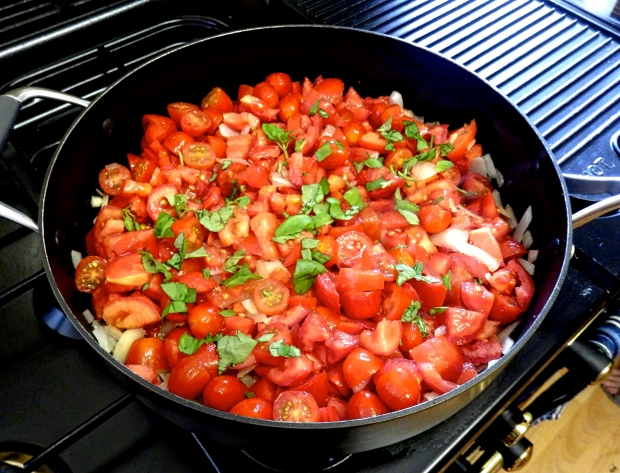 Loading... Please wait...
Loading... Please wait...Save Money. Grow Your Own!
Fast Plain Box Shipping.
We ship to the US & Canada.
Grow Your Own!
How to Pick Your Hydroponic Plants
Posted on 28th Dec 2015
We’re not talking about how to harvest plants -- we went over that a few days back. We’re talking about how to choose your plants -- as in, ‘American Picker’ style. How do you figure out what you want in your garden?
Here are some critical steps to making sure that the things that you grow match the strategies and setups you've developed to grow them.

Size
First and foremost, you need to know what's going to fit in your grow space. If you've bought a small, compact grow box, think herbs and small greens. You're not going to have room for anything bigger. However, if you have put together something that looks more like a 5 gallon bucket system, think about some of those bigger plants that can spread. You need to think in three dimensions, height, width and breadth. Ignore any of these, and you're in trouble.
Water Needs
Some plants are also going to need more water than others. Again, if you're talking about herbs and greens, you're talking about sippers. The same goes for ornamental chilies and other types of small plants. On the other hand, if you're growing melons, or other really thirsty plants, you're going to need much larger water supplies.
Climate
Yes, climate is one of the great equalizers when it comes to plant development. You have to make sure that your plants are made to endure the specific temperature, humidity and other conditions of your grow area. Now to a large extent, in hydroponics, you can micromanage these conditions to your plants’ needs. That's one of the biggest selling points of this type of grow system. But you still have to look at the particular biology of your plants and try to target that while you're building a system, whether it's a deep water culture tray table system, a vertical frame system, an ebb and flow table, or anything else.
Pests
In hydroponics, you rarely have to worry about weeds. But you still have to worry about bugs. Whdn you pick your plant, understand whether they are in proximity to the kinds of pests that can damage them. For example, kale or other leafy vegetables can be extremely vulnerable to aphids are white flies or other tiny pests. If you have an entirely closed and sealed system inside, you probably won’t worry about this, but it's still something to keep in mind for the average hydroponics build.
Plant Season
You can also take advantage of the year-round grow season for a product - but it still benefits the grower to be a little bit strategic, especially for a commercial operation.
Here's the idea -- look at the plants by how they're grown seasonally in soil-based gardening. One of the best examples is tomatoes. When you garden hydroponic tomatoes in the summer and early fall, at least, in a temperate climate, you're competing with the barrage of fresh, natural tomatoes that comes in from your local community. As such, you are tomatoes are greatly guide. You may be less likely to use what you grow, because you're also eating other tomatoes that people have given you. You won't be able to sell your tomatoes for a high price, because there are so many on the market. So the best season to grow hydroponic tomatoes in, given that you have an indoor system that's year-round ready, is late winter and early spring. You'll notice the difference right away - you'll greedily grab your tomatoes off the vine, and if you sell them, other people will pay a lot of money.
These are some of the basic things involved in strategic selection of plants for hydroponic processes. For more, take a look at Dealzer and what we offer, including several thousand pieces of equipment for growers.
